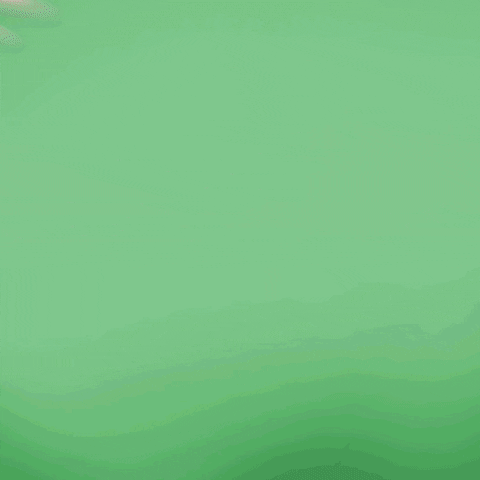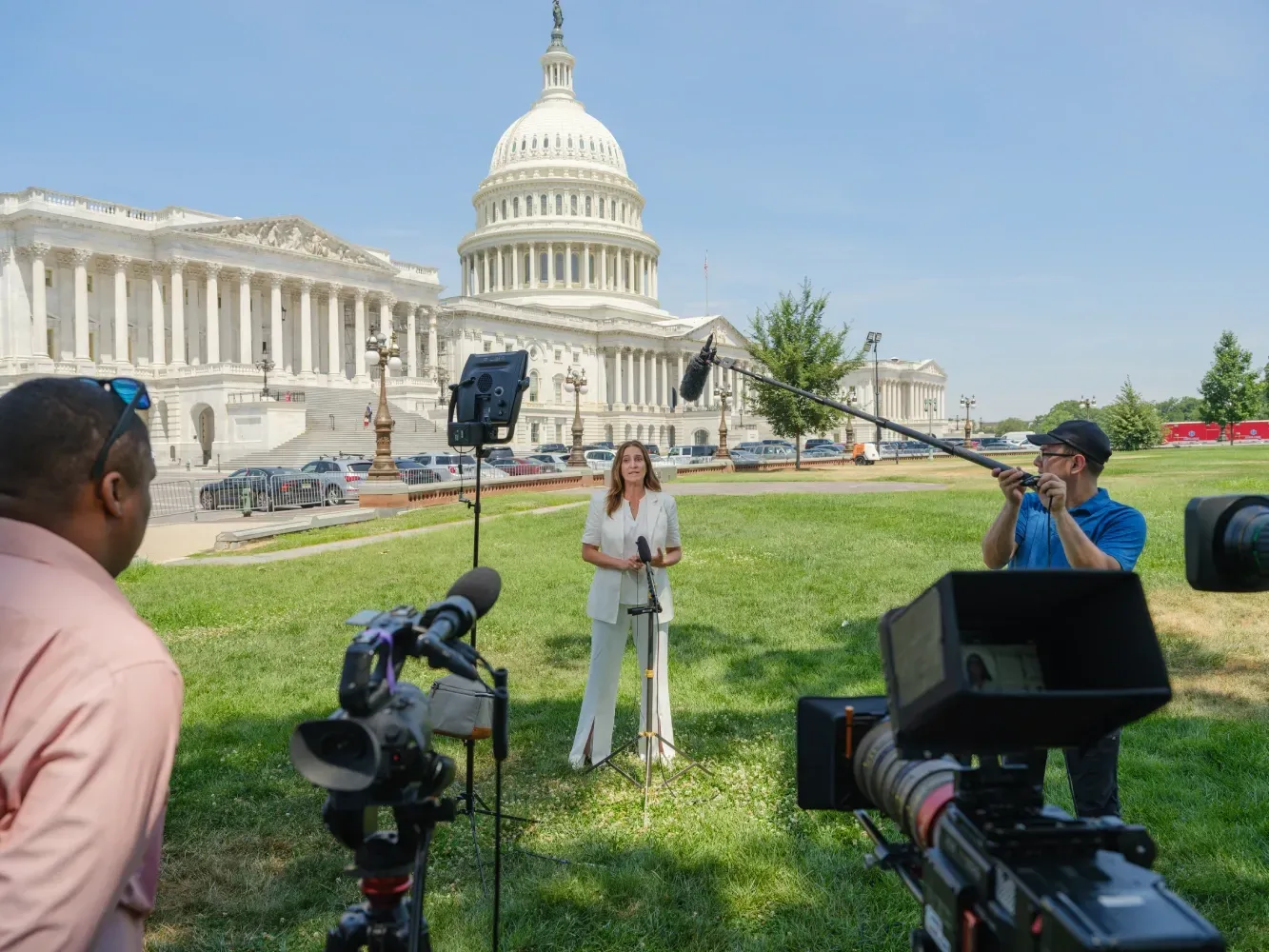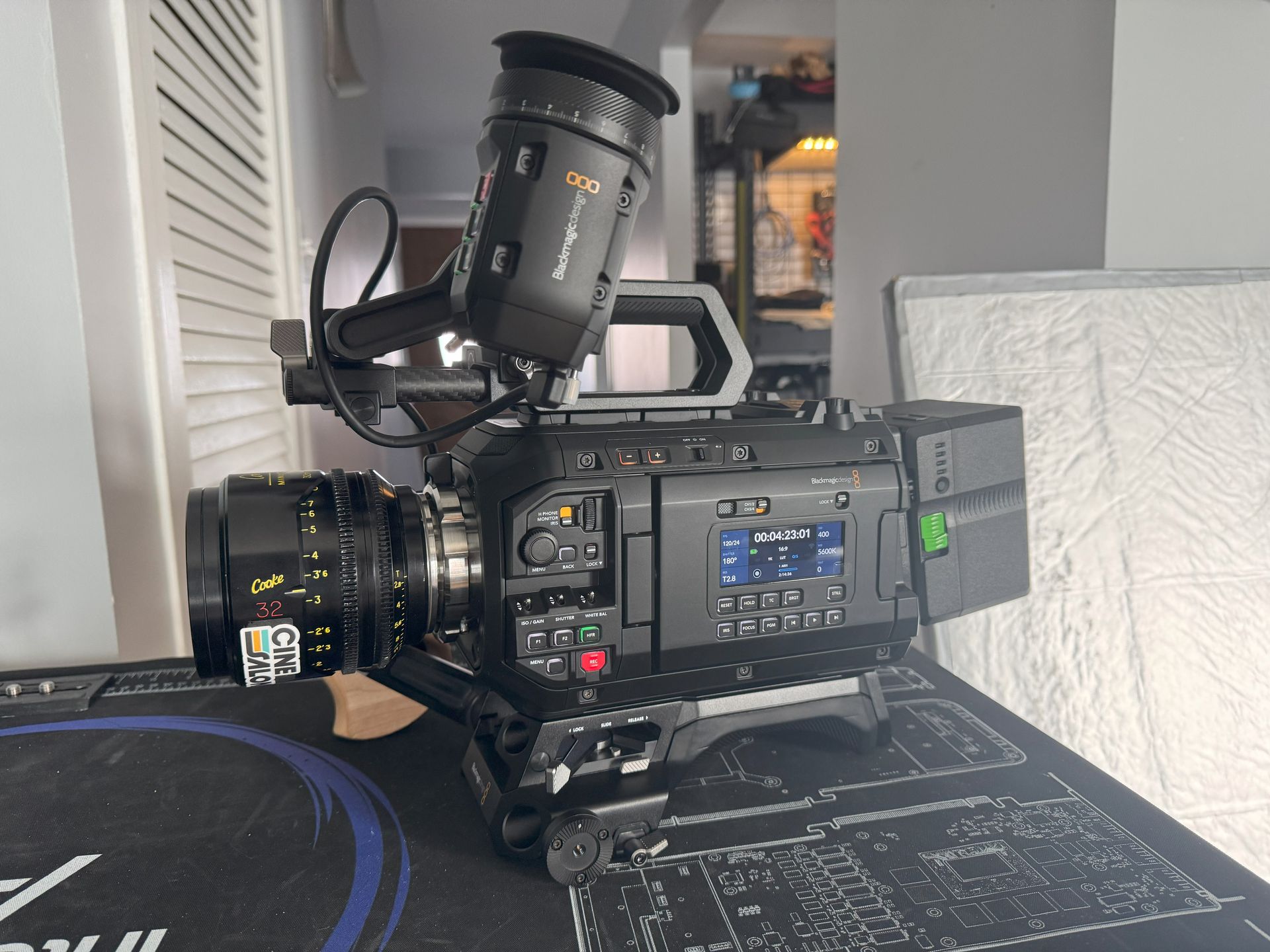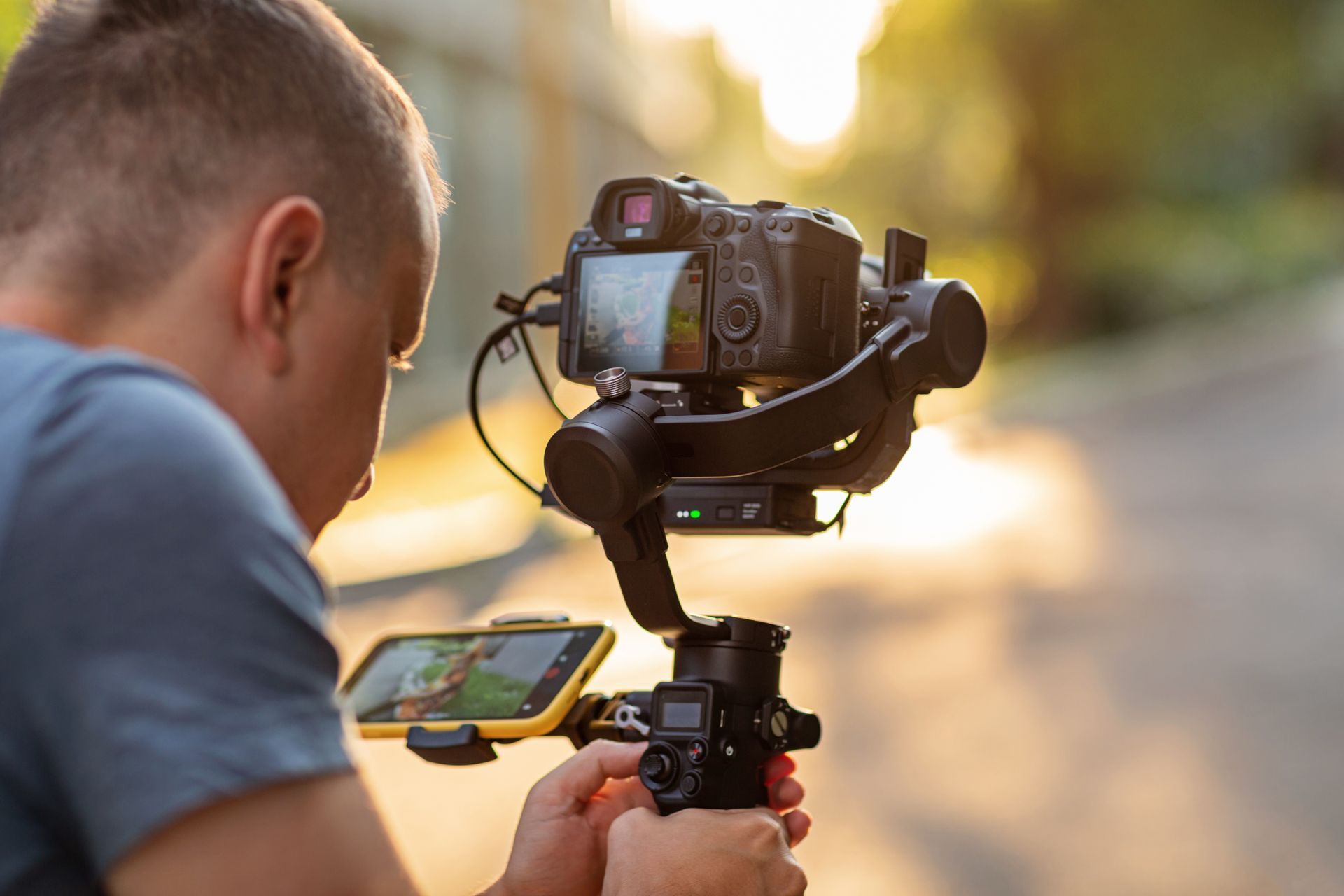Understanding and mastering shutter speed is a pivotal skill that can elevate your videos to a new level. In this all-encompassing manual, we will explore the intricacies of shutter speed, unraveling its importance and influence on your video productions. Join us on this expedition as we unveil the mysteries behind crafting cinematic enchantment with your camera.
What is Shutter Speed?
This is when the shutter opens, granting passage to light reaching the sensor. In video production, this shutter speed is commonly expressed in fractions of a second, like 1/60th of a second. A swifter shutter speed reduces motion blur, whereas a slower one increases the captured motion blur.
The Concept of Shutter Speed
To appreciate its importance fully, let's break down this concept. Imagine you're capturing a scene with a camera. The shutter speed determines how long the 'eye' of your camera stays open to collect light. A faster shutter speed means the eye blinks briefly, while a slower shutter speed keeps it open for a more extended period.
Why is Shutter Speed Important for Video?
1. Exposure Control
Video exposure is like a painter's canvas – it sets the foundation for the masterpiece. In videography, shutter speed, along with aperture and ISO, is one of the three pillars influencing direction. A faster shutter speed produces a darker image, while a slower rate brightens it.
Consider this scenario: a quicker shutter speed safeguards against overexposure, preserving sharp details in your video recordings, especially in well-lit conditions like bright daylight. Conversely, in low-light conditions, a slower shutter speed lets in more light, ensuring your video is well-lit without overexposing the frame.
2. Motion Blur Magic
One of the most captivating aspects of video is capturing motion. Shutter speed allows you to play with this element, creating a spectrum of visual effects. Opting for a faster shutter speed achieves the impact of activity freeze, making it optimal for dynamic action sequences where the aim is to capture each detail with precision and clarity. Conversely, a slower shutter speed introduces motion blur, injecting a feeling of fluidity and drama into your shots.
3. Crafting Cinematic Aesthetics
The world of cinema is replete with visual storytelling techniques, and shutter speed is one of the tools filmmakers use to weave their narrative. Manipulating the shutter speed, you can impart a distinct cinematic look to your videos.
Different Shutter Speeds and Their Effects on Video
1. The 180-Degree Rule
First, let's touch on the fundamental principle that anchors shutter speed in the video: the 180-degree rule. This rule is a golden guideline that helps you strike the right balance between realism and cinematic allure. It states that your shutter speed should be double your frame rate. As an illustration, when shooting at 24 frames per second (fps), setting your shutter speed at 1/48th of a second is advisable. This simple equation yields a natural, pleasing motion in your videos and minimizes motion blur, resulting in a look that is both engaging and familiar.
2. Adjusting Shutter Speed for Different Effects
Shutter speed is your artistic brushstroke on the canvas of time. It allows you to paint with light and motion, creating various effects to shape your narrative.
3. Freezing Motion
A faster shutter speed works wonders when capturing high-speed action, like a sprinter racing toward the finish line. It captures each stride and muscle twitch in sharp, frozen detail. This is ideal for sports videos, ensuring nothing escapes your viewer's eye. A starting point for sports videos is a shutter speed of around 1/500th of a second.
4. Creating Motion Blur
Conversely, a slower shutter speed becomes the tool of choice to add a touch of mystique and fluidity to your scenes. Imagine a dancer twirling gracefully across the stage – a slower shutter speed would transform her movement into an elegant, dreamlike swirl of colors and shapes. This effect is perfect for capturing artistic and poetic moments in your video. A good starting point for creating motion blur is around 1/60th of a second or even slower.
5. Crafting a Dreamy or Ethereal Look
Sometimes, you might wish to infuse your video with an otherworldly atmosphere, making it appear pulled from a beautiful dream. A significantly slower shutter speed, often around 1/30th of a second or slower, can create this magical ambiance. It blurs fast movements and lends a sense of enchantment to your footage. This technique is commonly used in music videos and artistic short films.
Best Shutter Speeds for Different Types of Video
1. General Video
Preserving a delicate equilibrium between realism and visual allure is pivotal, especially in everyday video content like vlogs, interviews, and documentaries. Adhering to the 180-degree rule using a shutter speed double your frame rate is a safe bet. If you're shooting at 24 fps, set your shutter speed to 1/48th of a second for that natural and cinematic look.
2. Sports Video
In sports videography, where lightning-fast action reigns supreme, a faster shutter speed is the way to go. To freeze every intense moment on the field, start with a shutter speed of around 1/120th a second. This ensures that every drop of sweat, every goal, and every leap is captured with astonishing clarity.
3. Slow-Motion Video
Creating stunning slow-motion videos is an art in itself. To achieve that coveted smoothness, opt for a slower shutter speed. A good starting point is approximately 1/60th of a second. This setting allows you to record those breathtaking slow-motion sequences where time appears to stand still, revealing the most minor details and nuances.
4. Creative Video (Music Videos, Short Films)
The world is your canvas for creative endeavors like music videos and short films. You have the freedom to experiment and create unique effects. Be bold and play with different shutter speeds to evoke your desired emotions and atmosphere. The essence lies in transforming your artistic vision into visual storytelling. Therefore, embrace boldness, foster creativity, and unleash the boundless potential of your imagination.
Different Types of Shutters
Shutter speed isn't a universal setting; instead, it manifests through various technologies endowed with distinctive characteristics. This section will scrutinize the two principal types of shutter speeds: mechanical and electronic.
Mechanical Shutter
Mechanical shutter speeds are the stalwarts of classic DSLR and mirrorless cameras. They operate by opening and closing the camera's shutter, making that distinctive click-clack sound synonymous with photography. While they may be perceived as old-school in today's digital age, their reliability and precision are second to none.
Accuracy and Reliability
Mechanical shutter speeds are renowned for their accuracy. Renowned for their reliability and steadfast performance, mechanical shutter speeds give photographers and videographers a sense of assurance when aiming to capture the ideal moment. Whether engaged in still image photography or video recording, you can trust mechanical shutter speeds to execute the task precisely.
Limited Range of Speeds
However, it's not all roses. Mechanical shutters do have a limitation in terms of speed range. They can't match their electronic counterparts' blazing fast shutter speeds, which can be a drawback when shooting high-speed subjects or capturing fast-motion video.
Electronic Shutter Speeds
In contrast to their mechanical counterparts, electronic shutter speeds are the modern marvels of some mirrorless and digital video cameras. They function by electronically controlling the exposure of the image sensor without any physical movement.
Silent and Swift
One of the most significant advantages of electronic shutter speeds is their silence. They operate stealthily, a game-changer when shooting in situations where noise can distract. This feature is especially appreciated by videographers who want to maintain a quiet set.
Wide Range of Speeds
Electronic shutter speeds have a broader range of options. This flexibility can be a boon when adapting to changing lighting conditions or capturing fast-moving subjects.
Artifacts and Rolling Shutter Distortion
Electronic shutter speeds can sometimes introduce artifacts into your images or videos, most notably the dreaded rolling shutter distortion. The distortion arises as the camera scans the scene vertically, generating a noticeable skewing effect for swiftly moving objects. Though not a significant concern in numerous situations, it is imperative to acknowledge this drawback and factor it into your decision-making when selecting the shutter speed mode.
How to Set Shutter Speed
1. Using the Shutter Speed Dial or Button
For most cameras, adjusting the shutter speed is straightforward and intuitive. The dedicated shutter speed dial or button is your gateway to precision control.
- Locate the Shutter Speed Dial or Button: This is usually found on the top or side of your camera body. It's marked with a range of shutter speed values.
- Select Your Desired Shutter Speed: Adjust your preferred shutter speed by rotating the dial or pressing the button and selecting the corresponding settings. The available values usually span from half a second, such as 1/30, to swifter speeds like 1/2000 or 1/4000.
- Preview and Shoot: While adjusting the shutter speed, closely observe how it influences the visual appearance of your video through the camera's viewfinder or LCD screen. Once content with the setting, you are prepared to capture your video
2. Using the Camera Menu
- Access the Menu: Navigate through the camera's menu system. You'll usually find the shutter speed adjustment in the "Shooting" or "Exposure" menu.
- Select Shutter Speed: Once you've located the shutter speed settings, choose your desired value from the list provided.
- Adjust and Capture: Make the selection and return to your shooting screen. The camera will now apply the chosen shutter speed to your video.
Other Factors That Affect Shutter Speed
Shutter speed doesn't operate in isolation; it's part of the exposure triangle, along with ISO and aperture. Let's briefly explore how these factors influence your choice of shutter speed.
1. ISO (Image Sensor Sensitivity)
ISO regulates the sensitivity of your camera's image sensor to light. Elevating the ISO setting enhances sensor sensitivity, enabling the utilization of a quicker shutter speed in low-light conditions. This can be a lifesaver when shooting in dimly lit environments, like nighttime scenes or indoor settings. However, increasing the ISO too much can introduce unwanted noise or grain to your video.
Conversely, lowering the ISO to maintain a balanced exposure when working in bright conditions would be best. This could mean using a slower shutter speed to allow less light into the sensor, creating the perfect balance.
2. Aperture (Lens Opening)
Aperture pertains to the dimension of the opening in your camera lens, dictating the volume of light entering the camera. A broader gap, denoted by a lower f-number, facilitates increased light transmission, consequently enabling a faster shutter speed.
Opting for a wider aperture proves advantageous when you aim to highlight a specific subject while intentionally blurring the background—a technique recognized as "bokeh." However, this preference may necessitate a faster shutter speed to avert overexposure.
Conversely, a narrower aperture, characterized by a higher f-number, restricts the influx of light into the camera. This can be advantageous for achieving an extended depth of field, ensuring more elements in your scene remain sharply focused. With a narrower aperture, there might be a requirement for a slower shutter speed to permit sufficient light for a well-exposed video.
A Summary of Shutter Speed Types and How to Set Them
Let's wrap up our exploration with a quick summary of the different shutter speed types and how to set them, along with their respective pros and cons:
Mechanical Shutter Speed
- How to set: Shutter speed dial or button.
- Pros: Very accurate and reliable.
- Cons: Noisy, limited range of speeds.
Electronic Shutter Speed
- How to set: Camera menu.
- Pros: Tranquil, wide range of speeds.
- Cons: Can cause artifacts.
Tips for Setting Shutter Speed for Video
Use a Tripod for Stability
When employing a slow shutter speed, particularly in low-light settings, it is imperative to maintain the stability of your camera. Even the slightest movement can lead to undesired blurring in your video. To maintain stability, invest in a good-quality tripod. It will provide the rock-solid foundation needed to ensure your videos are sharp and clear, even at slower shutter speeds.
Experiment with Different Shutter Speeds
Experimentation is one of the most effective approaches to ascertaining the optimal shutter speed for your video project. Given the uniqueness of each scene and scenario, the "correct" shutter speed can exhibit significant variation. Engage in testing diverse settings and closely observe their impact on your video's visual aesthetics and ambiance.
Creative Control
You can exercise creative control through experimentation, fine-tuning your videos to align with the specific mood and style you wish to convey—be it high-energy, dreamy, or anything in between.
Visual Feedback
The beauty of digital cameras is that you can instantly review your footage. This makes it easy to see how different shutter speeds impact your video and adjust accordingly.
Harness the Power of Variable ND Filters
A variable Neutral Density (ND) filter is an invaluable accessory for videographers. This capability lets you regulate the quantity of light entering your camera lens without adjusting the aperture or shutter speed settings. Such versatility can prove to be a game-changer in diverse situations:
- Bright Conditions: When you're shooting in glaring sunlight, a variable ND filter enables you to reduce the light entering the lens, preventing overexposure.
- Creative Effects: Variable ND filters also provide the means to control the depth of field and motion blur. You can create artistic effects in your video without compromising exposure.
General Tips for Choosing the Right Shutter Speed
Fast-Moving Subjects
Opt for a faster shutter speed if your video subject is in rapid motion, such as sports or wildlife. This helps freeze the action and prevent motion blur. A starting point is around 1/500th of a second.
Slow-Moving Subjects
You can use a slower shutter speed to introduce a cinematic quality for scenes with slower motion, like landscapes or talking heads in interviews. Begin experimenting around 1/50th of a second.
Low-Light Condition
You must use a slower shutter speed to capture enough light when shooting in dimly lit environments. Experiment with settings lower than 1/50th of a second to maintain proper exposure.
Conclusion
In this comprehensive guide to shutter speed for cinematic video, we've explored the fundamentals, different types of shutter speeds, and practical tips for making the most of this critical parameter in videography. Consider exploring additional shutter speed and videography resources to enhance your knowledge and skills further. Online tutorials, photography and videography forums, and professional courses can provide in-depth insights and practical guidance.

Get total clarity on your video marketing and paid media with our FREE comprehensive data audit.







